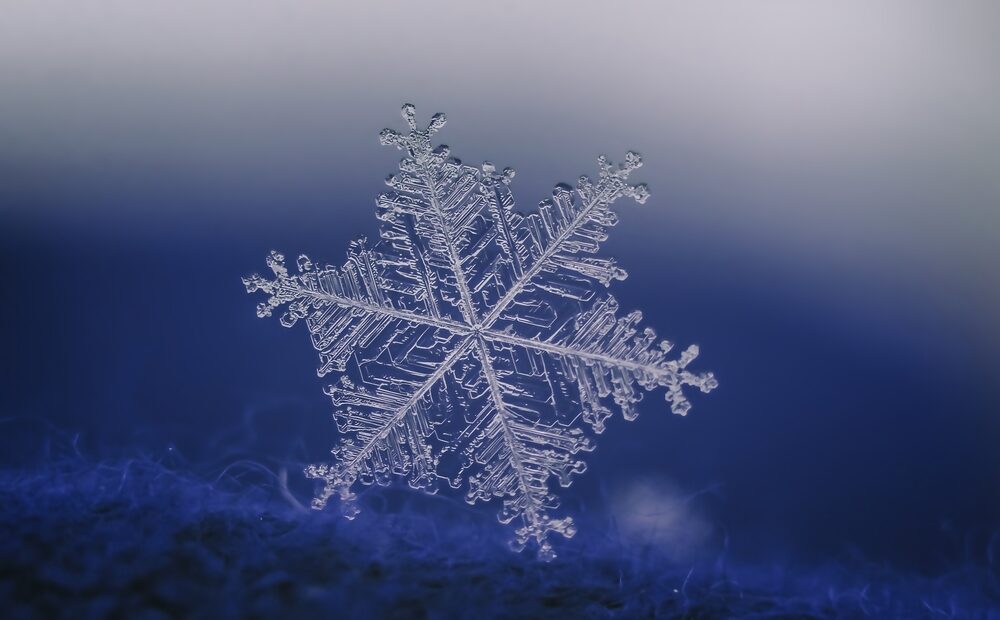Unraveling the Myth: The Truth about Snowflakes’ Uniqueness

Snowflakes are often described as unique and individual, with no two snowflakes being alike. This captivating notion has intrigued scientists and fascinated individuals for centuries. However, is it really true that every snowflake is entirely unique, or is it merely a poetic exaggeration? In this blog post, we will delve into the science behind snowflakes and explore whether they are truly one-of-a-kind.
Understanding Snowflake Formation: To determine the uniqueness of snowflakes, we must first understand how they are formed. Snowflakes originate in the Earth’s atmosphere when water vapor freezes onto microscopic particles, such as dust or pollen, creating ice crystals. These ice crystals then grow as they collide with other supercooled water droplets, forming intricate structures known as snowflakes.
The Formation Process: The formation process of snowflakes is influenced by various factors, including temperature, humidity, and the specific atmospheric conditions. As snowflakes develop, they undergo intricate growth patterns, with each branch and facet expanding under slightly different conditions. These variations give rise to the stunning diversity of snowflake shapes we observe.
The Role of Temperature and Humidity: Temperature and humidity play a crucial role in determining the intricate structures of snowflakes. Even slight changes in these environmental conditions can influence the growth patterns, resulting in different shapes. As snowflakes fall through the atmosphere, they experience varying temperatures and humidity levels, leading to the formation of unique crystal structures.
Examining Snowflake Similarities: While it is true that each snowflake possesses distinct features, it is essential to recognize that similarities can also exist between individual snowflakes. At a macroscopic level, snowflakes can be classified into general categories based on their shapes, such as hexagonal plates, stellar dendrites, or columnar crystals. Within these categories, there can be remarkable similarities between snowflakes due to the shared growth conditions they encounter.
The Influence of Probability: Considering the vast number of snowflakes that fall during a snowstorm, the probability of finding two identical snowflakes is exceptionally low. The sheer combination of environmental factors and the chaotic nature of the atmosphere contribute to the high degree of randomness in snowflake formation. Therefore, while not every snowflake is entirely unique, the chances of finding two identical snowflakes are extremely remote.
Appreciating the Beauty of Diversity: The uniqueness of snowflakes, whether entirely individual or within broader categories, is a testament to the intricate beauty of nature. From delicate symmetrical patterns to complex branching structures, snowflakes captivate our imaginations and remind us of the wonders that exist in the world around us. Each snowflake tells a story of its journey through the atmosphere, making it a remarkable symbol of nature’s creativity.
While it is challenging to definitively prove the absolute uniqueness of every snowflake, the diverse range of shapes and patterns observed in snowflakes is undoubtedly awe-inspiring. Whether every snowflake is truly one-of-a-kind or shares similarities with others, there is no denying the captivating beauty they bring to winter landscapes. So, the next time you catch a snowflake on your mitten, take a moment to appreciate its intricate design and the wonders of nature’s artistry.
Picture Courtesy: Google/images are subject to copyright








